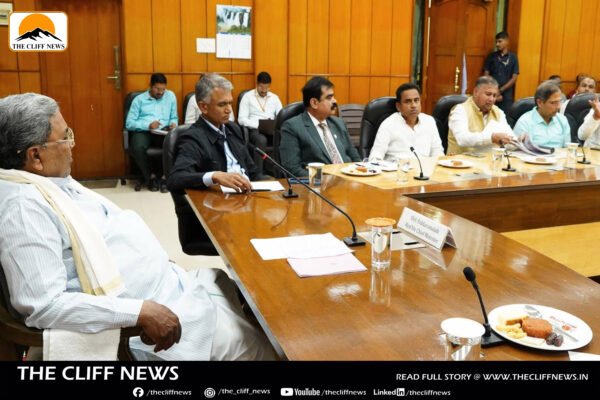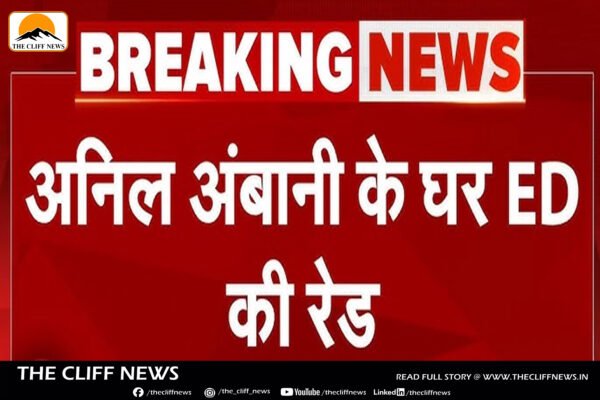Vikas Barala, Accused in 2017 Stalking Case, Appointed Assistant Advocate General by Haryana Government
The Haryana government has appointed Vikas Barala, son of BJP MP Subhash Barala, as an Assistant Advocate General, despite him facing charges in a 2017 stalking case. Barala’s name appeared in an official list released on July 18, listing advocates appointed on a one-year contractual basis in the office of the Advocate General in Chandigarh and the State Legal Cell in Delhi. He has been assigned to the Delhi office, with the list identifying him only by his first name. Vikas Barala first came into the spotlight in 2017 while still a law student, after he and his friend Ashish Kumar were accused of stalking and chasing the daughter of an IAS officer late at night in Chandigarh. The incident occurred during the intervening night of August 4 and 5, as the woman was returning to her Panchkula residence. Barala was arrested and spent nearly five months in jail before securing bail in January 2018. The criminal case remains pending before a magistrate, with the defence evidence scheduled for presentation on August 2. The accused recorded their statements in May this year, following the closure of prosecution evidence in April. Despite the ongoing trial, Barala completed his law degree and enrolled as an advocate in 2019. Since then, he has been empanelled by the state to represent various Boards and Corporations. Under the Haryana Law Officers (Engagement) Act, 2016, an advocate is barred from being appointed as a law officer only if convicted of a crime involving moral turpitude. The mere pendency of a case does not disqualify a lawyer from such appointments. Attempts by Bar & Bench to contact Advocate General Pravindra Singh Chauhan for comments on the appointment were unsuccessful, as he disconnected the call.










